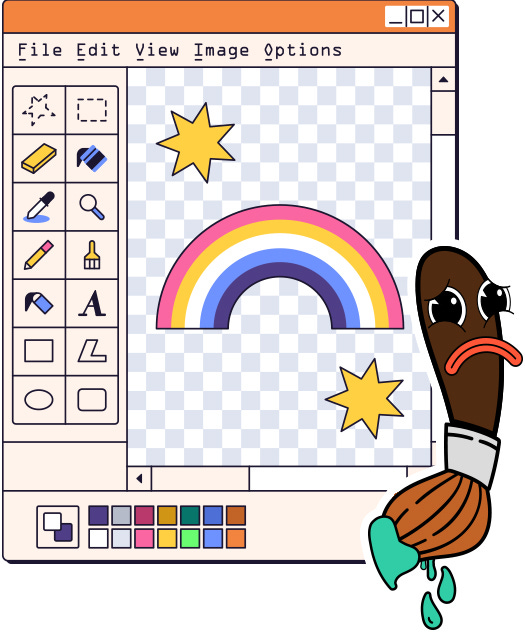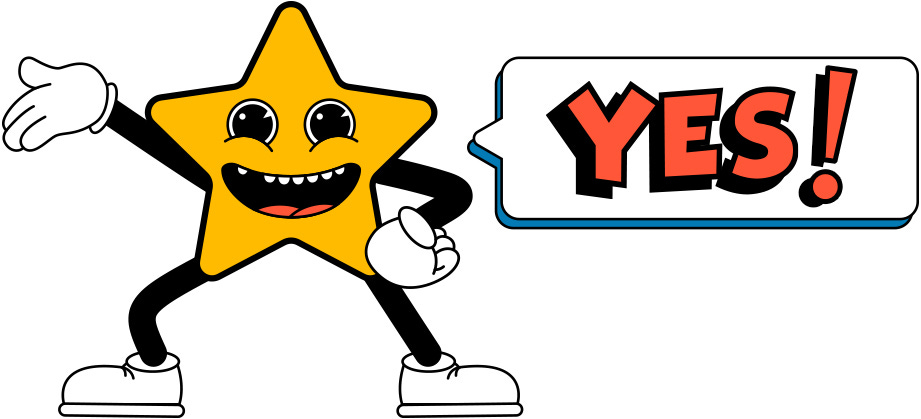Lipstick On A Pig: Has UX Design Lost Its Way?
Unpopular Opinion: The 'Aesthetic-Usability Effect' Does More Harm Than Good
Summary: The 'aesthetic-usability effect' is commonly misused and misinterpreted, causing significant problems for the UX profession.
I believe the 'aesthetic-usability effect' has done more harm than good in the UX profession. I've noticed many design-minded UX professionals citing this psychological phenomenon as a reason to dismiss usability concerns and best practices in their interface designs.
Let's be clear on this: great-looking designs are not some magical panacea that will cure all usability problems.
Masaaki Kurosu and Kaori Kashimura's research at the Hitachi Design Center did, indeed, prove there's a positive correlation between visual appeal and perceived usability.
What People Miss
The problem is that people seem to always overlook the second aspect of Kurosu and Kashimura's findings. The part that details how these effects are out of context and not that noticeable in the data. People also seem to forget the part where they recommended that merely focusing on aesthetics will undoubtedly result in unusable products. They claim it would be a pivotal mistake to interpret their findings as a free pass to prioritize prettiness over practicality, yet I see this happening daily.
What is the 'Aesthetic-Usability Effect' Anyway?
The 'aesthetic-usability effect' is a term used to describe the fact that users are more likely to perceive aesthetically pleasing designs as easier to use than less pleasing designs. It is based on the notion that if a product or interface is visually appealing, users tend to interact with it more willingly and feel more positive about their overall experience. But I'd like you to key in on the word "perceive" in this context. All this research does is prove that if an interface looks good in the eyes of the user, they might think it's slightly easier to use, but that doesn't hold any weight for users when they experience real usability difficulties.
Aesthetic-Usability Effect's Misuse in the Real World
Take a walk through platforms like Dribbble, and you'll see designs that radiate visual elegance but utterly fail in the real world. I see this all the time in what is praised as award-winning UX portfolios online as well. When zooming out, a user interface may look like a beautifully clean piece of artistic genius, but how does it perform while in use? We have decades of eye and cursor tracking data proving users' attention is where their cursors are. They are focused on trying to do something, not stepping back and looking at your interface like a painting hanging in a museum.
No one is stepping back from their computer and saying, "Wow, look at how intuitive this looks.”
These sentiments highlight the danger of treating aesthetics as an end-all-be-all instead of considering what we know really matters; functionality, ease of use, time-on-task, task completion, etc.
Is Willful Ignorance a Factor?
I understand the allure of misusing this research. It simplifies the justification of designs. Wouldn't it be nice if just asking a few users, "Does it look good?" and their responding, "Yes," meant our designs are usable? I see this mentality too often, resulting in sloppy work based on personal preferences instead of user-centered decision-making.
Too many UXers have fallen into this trap, crafting beautiful but bewildering interfaces. In these scenarios, the 'aesthetic-usability effect' is misused as an alibi for when designs don't work.
In these cases, the beauty is merely skin-deep and only results in users feeling frustrated and will inevitably end in lost revenues and a loss of trust in the UX discipline.
Users' Perceptions Vary
The aesthetic-usability effect isn't a blanket statement; it's a variable. As highlighted by a study in the International Journal of Human-Computer Interaction, how we perceive aesthetics and usability can differ vastly among cultural groups. So, a design that appears visually pleasing to one person may be completely perplexing to another.
Because users' perceptions vary so much, the goal for every designer should be to err on the side of function over style.
It's about shifting from creating 'stunning' interfaces to constructing 'meaningful' user experiences.
Consider Microsoft's Fluent 2 Design System - it's a great example of this, pairing visually appealing interfaces with a deep understanding of user interactions and accessibility standards. This kind of research-driven design ensures an appropriate balance between visuals and functionality.
Importance of Behavioral Research & Iteration
Legitimate user-centered design demands a deep and systematic process that requires behavioral research, such as moderated usability testing and constant iteration. It's more of a journey than a leap.
Asking users for their opinions on how something looks only provides a small amount of data. I get it; positive feedback on your designs gives you a dopamine rush and seems like proof you are on the right track. But remember who we are serving here.
Are we serving your desire for validation, or are we solving problems for real users?
We need to remember that users are not just passive observers; they're active participants. They interact, engage, and react. So, relying solely on visual feedback is like judging a book by its cover, and we all know how that usually turns out.
Think Like a Scientist
Consider the process being like scientific research. It requires forming hypotheses based on behavioral data and user requirements, designing according to these hypotheses, and then testing to validate these designs. Only by observing users while they interact with the design, noting where they stumble and where they breeze through, can we start to evaluate the usability of the design. Is this your thought process when showing a design and looking for positive feedback on how it looks?
And it doesn't stop there. True user-centered design is not a one-and-done deal. It's a cyclical process of iteration and refinement. You test, you collect data, you analyze, and then you iterate. You retest, collect more data, analyze again, and iterate again. It's that simple, yet I see sooooo many UXers skipping these steps even though their portfolios are full of double diamond and loop diagrams stolen off the internet.
The goal is continuous improvement, gradually enhancing the usability while keeping the aesthetic appeal intact.
Moderated usability tests are a particularly potent tool in this process. (As opposed to concept tests, polar tests/preference testing, aesthetic-driven user interviews, etc.) They allow real-time observation of user interactions, offering direct insights into potential usability issues that may not be obvious in an aesthetic review. It's like watching the story of your design unfold through the eyes of your users.
The Role of Aesthetics
Yes, aesthetics matter. My views on this often get misinterpreted. Great aesthetics can draw users in, make them feel good, and even may make them more forgiving of minor usability issues.
My point is aesthetics alone can't carry the usability load. And the assumption that if users love the way it looks, they'll find it usable is not only flawed but also dangerous.
Ignoring the 'Aesthetic-Usability Effect': A Better Rule of Thumb?
The 'aesthetic-usability effect' is a tool, not a solution, and like all tools, it should be used wisely and appropriately. Given the rampant misuse and misinterpretation of the 'aesthetic-usability effect' in UX design, perhaps it's safer to ignore this effect when designing complex interactions. Instead, let's dedicate our efforts to achieving a balanced approach between aesthetics and usability. One where aesthetics are subordinate to usability, the real essence of user-centered design.








